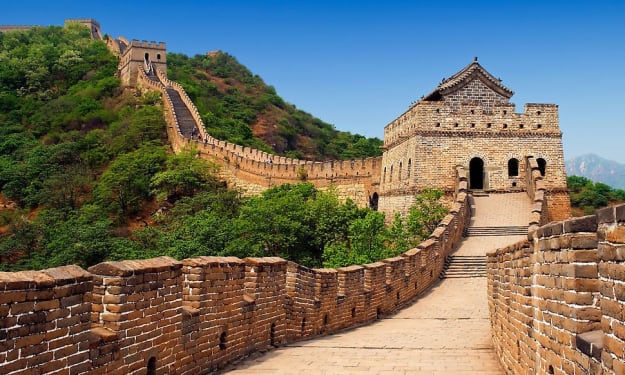The Babylonian Hanging Gardens: A Wonder of the Ancient World
History

The Babylonian Hanging Gardens, often hailed as one of the Seven Wonders of the Ancient World, remain shrouded in mystery and allure. These legendary gardens, purportedly built in the ancient city of Babylon, modern-day Iraq, symbolize the grandeur and architectural ingenuity of ancient Mesopotamian civilization. Despite the ongoing debate about their actual existence, the Hanging Gardens continue to captivate historians, archaeologists, and enthusiasts alike. In this article, we delve into the history, legends, and enduring legacy of the Babylonian Hanging Gardens.
The Hanging Gardens are believed to have been constructed during the reign of King Nebuchadnezzar II, who ruled Babylon from 605 to 562 BCE. According to ancient texts, Nebuchadnezzar built the gardens for his wife, Amytis of Media, who longed for the green hills and valleys of her homeland. To alleviate her homesickness, the king created an extraordinary terraced garden filled with lush vegetation, exotic flowers, and cascading waterfalls.
Descriptions of the Hanging Gardens come primarily from ancient historians, such as Berossus, Strabo, and Diodorus Siculus. These accounts paint a picture of a series of tiered gardens reaching up to 75 feet high, supported by stone columns and irrigated by a sophisticated water management system. The gardens were said to be an oasis in the arid landscape of Babylon, with trees, shrubs, and vines hanging from the terraces, creating a verdant and fragrant paradise.
The irrigation system of the Hanging Gardens is particularly noteworthy. Given Babylon's dry climate, providing water to such an extensive garden would have required advanced engineering. Ancient texts suggest the use of a chain pump or a similar mechanism to lift water from the Euphrates River to the top of the gardens. From there, the water would flow down through a network of channels and aqueducts, nourishing the plants on each terrace.
Despite the detailed descriptions, there is a significant lack of concrete archaeological evidence to confirm the existence of the Hanging Gardens. Excavations in Babylon have yet to uncover definitive remains of the gardens, leading some scholars to speculate that the gardens might have been located elsewhere or that they were a mythical creation. One theory posits that the Hanging Gardens were actually in Nineveh, built by the Assyrian King Sennacherib, who ruled from 705 to 681 BCE. This theory is supported by texts describing elaborate gardens and advanced irrigation systems in Nineveh.
The absence of direct evidence has not diminished the allure of the Hanging Gardens. They continue to inspire fascination and admiration for the ancient world's architectural and engineering capabilities. The concept of a man-made paradise, with its terraces overflowing with greenery and water, symbolizes humanity's desire to harmonize with nature and create beauty even in challenging environments.
The legacy of the Babylonian Hanging Gardens extends beyond their physical description. They represent the peak of Mesopotamian culture and innovation, reflecting the region's advancements in horticulture, architecture, and technology. The gardens are a testament to the human ability to transform and enhance the natural environment, showcasing a blend of artistry and practical engineering.
In addition to their historical significance, the Hanging Gardens have left an indelible mark on literature, art, and popular culture. They have been depicted in countless works of art, from ancient mosaics to modern paintings, and have inspired numerous literary references and adaptations. The enduring fascination with the Hanging Gardens underscores their status as a symbol of ancient wonder and creativity.
While the debate over the existence and location of the Hanging Gardens continues, their story remains a powerful reminder of the grandeur of ancient civilizations. The gardens symbolize not only the splendor of Babylon but also the broader human aspiration to create beauty, comfort, and harmony in our surroundings. They are a tribute to the ingenuity and ambition of those who came before us, whose legacies continue to shape our understanding of history and culture.
The Babylonian Hanging Gardens, whether they existed in physical form or solely in the imagination of ancient writers, embody the pinnacle of human achievement in the ancient world. Their story is one of love, innovation, and the enduring quest to bring nature into the heart of civilization. As we continue to explore and interpret the past, the Hanging Gardens remain a symbol of the extraordinary capabilities of ancient societies and their enduring impact on our cultural heritage.
About the Creator
Marveline Merab
“History never repeats itself. Man always does.”
― Voltaire
Enjoyed the story? Support the Creator.
Subscribe for free to receive all their stories in your feed. You could also pledge your support or give them a one-off tip, letting them know you appreciate their work.






Comments
There are no comments for this story
Be the first to respond and start the conversation.